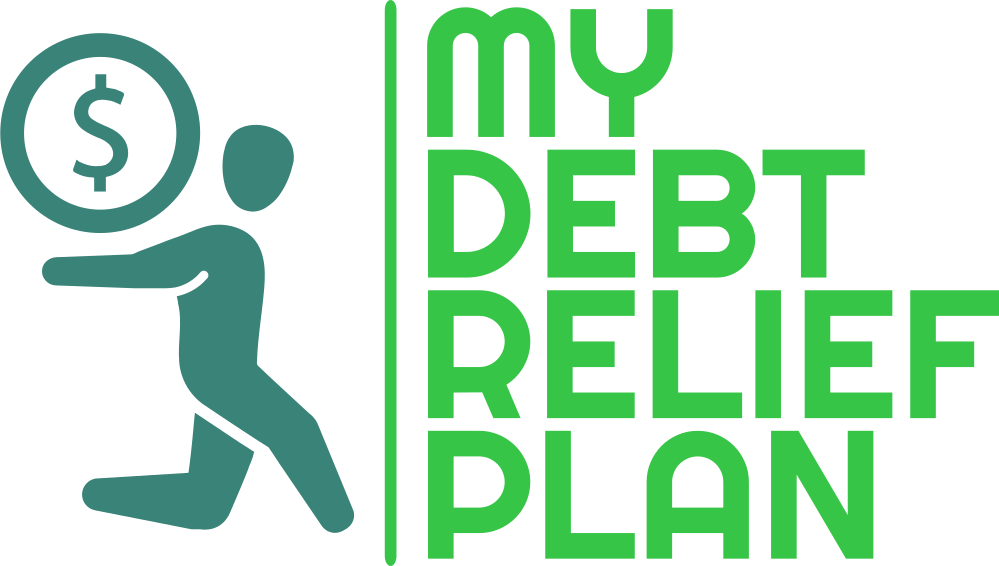Understanding home loan interest rates
- By: Denny Jones
- On:
- 0 Comment
Home loan interest rates, or mortgages, are a very complicated area of the financial world which the average man in the street finds exceedingly difficult to understand. There are terms and language used which do not form part of everyday parlance, except if you are someone who works in a bank or financial institution, or has a degree in economics. Added to all this, the instability in the financial markets, not only in the United Kingdom but worldwide, confuses the subject even further.
This article aims to simplify the terminology used so that one is able to clearly understand what the various home loan interest rates mean, so that you will be a more knowledgeable and have more understanding of the overall situation when you meet with mortgage or home loan lenders when you decide to buy your own property.
It is to be noted that until the almost complete collapse in the global housing market, the Government of the United Kingdom did not intervene much in the way lenders gave mortgages and home loans. It was only after mid-2008 that the Bank of England began placing controls on the amounts lent, in the form of setting the Bank of England’s repo rate and the London Interbank Offered Rate, or LIBOR, both of which have a distinct influence on home loan interest rates.
In the United Kingdom most home loan lenders offer a variable interest rate, which is either that particular institution’s standard, or what is known as the Bank of England’s tracker rate, but this is just the tip of the iceberg as the variants on these interest rates are many.
At present, because of the instability of the housing market and the need to stimulate this area of the economy, interest rates remain very low. Generally speaking, there are four main types of mortgage loans.
The first is a Fixed Rate Mortgage, which is generally a short term loan of anywhere between six months and five years, whereby the percentage of interest is fixed for the entire term. Once the period (or term) of this loan expires, it is generally switched to the mortgage lender’s standard interest rate.
The second is a Variable Rate Mortgage, which fluctuates according to the financial markets. This is not really a viable option for Mr Average, as the repayment rate is good only when the interest rate is low but, as the name implies, it can (and does) go up sporadically. This means that you never know how much your repayments will be each month.
The third is a Discount Rate Mortgage, which is offered by some lenders to increase their number of home loan sales. Generally speaking, the lender will offer a lower interest rate for a short period of time, usually six months to five years. Thereafter, the institution will change the mortgage to its usual lending rate.
Finally, there is the Capped Rate Mortgage whereby a limit is set so that the amount of interest never exceeds the ‘cap’. even if the interest rate does go above it. Should the interest rate decrease, the borrower will benefit too, but it should be borne in mind that this type of mortgage is usually more expensive from the outset, to cover the lender’s risk.
Denny Jones
Hi, I'm Denny Jones, a seasoned financial advisor and writer passionate about helping others conquer debt and achieve financial stability. With over a decade in the industry, I've guided countless individuals toward smarter financial decisions through practical advice and insightful writing. Join me as we navigate the path to financial freedom together.

